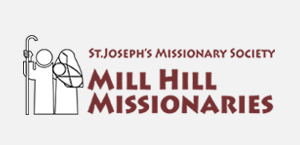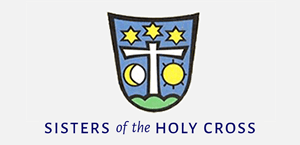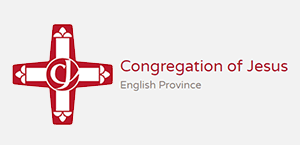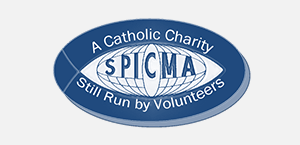Gospel in Art: They handed him the scroll of the prophet Isaiah
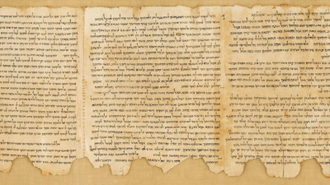
Dead Sea Scrolls, Written mostly in Hebrew and Aramaic between 408BC and 318AD Discovered 1946-1956 © The Israel Museum, Jerusalem
Source: Christian Art
Gospel of 4 September 2023
Luke 4:16-30
Jesus came to Nazara, where he had been brought up, and went into the synagogue on the sabbath day as he usually did. He stood up to read and they handed him the scroll of the prophet Isaiah. Unrolling the scroll he found the place where it is written:
The spirit of the Lord has been given to me, for he has anointed me.
He has sent me to bring the good news to the poor, to proclaim liberty to captives and to the blind new sight, to set the downtrodden free,
to proclaim the Lord's year of favour.
He then rolled up the scroll, gave it back to the assistant and sat down. And all eyes in the synagogue were fixed on him. Then he began to speak to them, 'This text is being fulfilled today even as you listen.' And he won the approval of all, and they were astonished by the gracious words that came from his lips. They said, 'This is Joseph's son, surely?'
But he replied, 'No doubt you will quote me the saying, "Physician, heal yourself" and tell me, "We have heard all that happened in Capernaum, do the same here in your own countryside."'
And he went on, 'I tell you solemnly, no prophet is ever accepted in his own country.
'There were many widows in Israel, I can assure you, in Elijah's day, when heaven remained shut for three years and six months and a great famine raged throughout the land, but Elijah was not sent to any one of these: he was sent to a widow at Zarephath, a Sidonian town. And in the prophet Elisha's time there were many lepers in Israel, but none of these was cured, except the Syrian, Naaman.'
When they heard this everyone in the synagogue was enraged. They sprang to their feet and hustled him out of the town; and they took him up to the brow of the hill their town was built on, intending to throw him down the cliff, but he slipped through the crowd and walked away.
Reflection on the manuscript
Our Gospel passage today reveals Jesus reading from the scroll of Isaiah. In ancient Israel it was tradition in the Synagogue for an ordinary Israelite man to read from the Torah on the Sabbath Day. We have here an account of how Jesus, on this particular day, read from such a scroll, Isaiah 61. At the end of it he made a statement which stunned and enraged everyone: 'This text is being fulfilled today even as you listen.' He told them that the prophecies of Isaiah were being fulfilled at that very moment.
We must remember that when ancient books get mentioned in Scriptures, they came in the form of scrolls. These were rolls usually made of animal skin which was smoothened on one side to be written on. Some of the most impressive and rare scrolls ever discovered in archaeology are the Dead Sea scrolls, which were uncovered in Qumran (near the Dead Sea in Israel) between 1946 and 1956 . These Dead Sea Scrolls (a total of around 900 scrolls or fragments of scrolls, written in Hebrew, Aramaic and Greek, dating from the 3rd century BC to the 1st century AD) were discovered in a series of twelve caves. One of these scrolls, discovered in the first cave, was the scroll of Isaiah. At 24 feet long, it contains 17 sheets of sheepskin which were stitched together using linen threads (clearly visible on the photograph above). Amazing to think that Jesus would have read today's passage of Isaiah from such a scroll.
The Dead Sea Scrolls are considered to be a keystone in the history of archaeology with great historical, religious, and linguistic significance because they include the oldest surviving manuscripts of entire books later included in the biblical canon, along with deuterocanonical and extra-biblical manuscripts which preserve evidence of the diversity of religious thought at the time. At the same time they cast new light on the emergence of Christianity in the earliest of days, as some of the scrolls date back to the 1st century.
Jesus put into action the words of Isaiah, by caring for people who are poor, sick and oppressed. Even more, this passage is a summary of the life of Jesus and how it all ended. Jesus understood his mission (as we saw yesterday) and was ready for anything, in order to see his father's mission accomplished….
LINKS
Gospel in Art: https://christian.art/
Today's reflection: https://christian.art/daily-gospel-reading/luke-4-16-30-2023/










